Beschreibung
I. Einleitung
Unter Molchen versteht man im Zusammenhang mit der Reinigung von Rohrleitungen einen Prozess, bei dem sogenannte „Molche“ in Rohrleitungen eingesetzt werden, um verschiedene Wartungsarbeiten durchzuführen. Dieser Begriff entstand aus dem quietschenden Geräusch, das die frühen Geräte beim Durchfahren der Rohre machten und das an das Quietschen eines Schweins erinnerte. Heute umfasst der Begriff eine breite Palette von Werkzeugen und Technologien zur Reinigung, Inspektion und Wartung von Pipelines.
Die Reinigung von Rohrleitungen ist ein entscheidender Aspekt der Leitungsverwaltung und -wartung. Im Laufe der Zeit können sich in Rohrleitungen verschiedene Substanzen wie Sedimente, Rost, Zunder und andere Ablagerungen ansammeln. Diese können die Effizienz der Pipeline verringern, indem sie den Durchfluss einschränken, die Betriebskosten erhöhen und möglicherweise zu Verstopfungen führen. Darüber hinaus können solche Ablagerungen zu Korrosion führen, die im Extremfall zum Ausfall der Pipeline führen kann, mit erheblichen finanziellen und ökologischen Folgen.
Therefore, regular cleaning of pipelines is essential. It not only ensures the efficient operation of the pipeline system but also extends its lifespan, reduces the risk of failures, and contributes to safer and more sustainable operations. Pigging is one of the most commonly used methods for pipeline cleaning, offering a cost-effective and efficient solution to maintain the health and functionality of pipeline infrastructure.
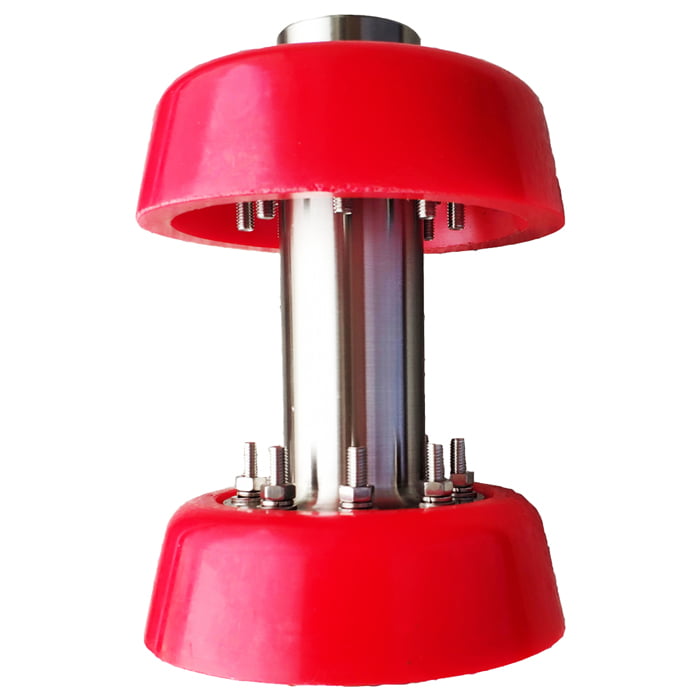
Name | Urethane Pipeline Pig | |
| Material | Stainless Steel 316、L DUPLEX SS | |
| Betriebstemperatur | -20~200℃ | |
| Besonderheit | Firstly, Easy to Operate | |
| Zweitens hohe Genauigkeit und lange Lebensdauer | ||
| At last, High-Efficiency Low cost | ||
| Zahlung | TT/LC | |
| Vorteil | Erstens sind sie leicht und flexibel. | |
| And then nice Injection efficiency. | ||
| Endlich eine genaue Standortverfolgung. |
Urethane Pipeline Pig | |
Tassenmaterial | Polyurethan |
Mittelmaterial | Kohlenstoffstahl |
Auslegungstemperatur | -40 Deg.C ~ +120 Deg.C |
Größenbereich | 2 inches ~ 60 inches |
II. What Is Pigging?
Pigging ist ein Prozess, der in der Pipeline -Reinigung und -wartung verwendet wird, bei der Geräte, die als „Schweine“ bezeichnet werden, in eine Pipeline eingeführt und durch den Produktfluss oder durch ein anderes Medium, das hinter dem Schwein eingeführt wurde, abgetragen werden. Wenn das Schwein durch die Pipeline reist, führt es verschiedene Funktionen wie Reinigung, Inspektion oder Trennung verschiedener Produkte innerhalb des Rohrs aus.
Es gibt verschiedene Arten von Schweinen, jeweils eine bestimmte Rolle:
- Schaumschweine: Dies sind einfache, leichte Geräte aus Open-Cell-Polyurethanschaum. Sie werden für leichte Reinigungsaufgaben wie das Entfernen von Staub und losen Trümmern oder für Entwässerungsrohrleitungen verwendet.
- Schwankung Schweine: Tupfermolche werden zum Entfernen von Flüssigkeiten aus Gasleitungen verwendet. Sie werden häufig in Trocknungs- und Entwässerungsbetrieben eingesetzt.
- Schabe- oder Bürstenschweine: Diese Schweine sind mit Bürsten oder Schabeelementen ausgestattet. Sie werden für intensivere Reinigungsaufgaben eingesetzt, beispielsweise zum Entfernen von Zunder, Rost oder anderen harten Ablagerungen.
- Schweine messen: Messmolche werden verwendet, um den Innendurchmesser der Rohrleitung zu prüfen und sicherzustellen, dass sie frei von Hindernissen ist. Sie tragen häufig eine Metallplatte (die „Messplatte“), die im Verhältnis zum Rohrdurchmesser auf eine bestimmte Größe zugeschnitten ist.
- Intelligente Schweine oder Inspektionsschweine: Hierbei handelt es sich um hochentwickelte Geräte, die mit Sensoren und Aufzeichnungsinstrumenten ausgestattet sind. Mit ihnen wird die Rohrleitung auf Verformungen, Korrosion, Risse oder andere Mängel untersucht.
III. Vorteile der Molchrohrreinigung
Das Molchen bietet mehrere Vorteile, die es zu einer bevorzugten Methode für die Reinigung und Wartung von Rohrleitungen machen:
- Effizienz und Effektivität bei der Reinigung von Pipelines: Molchen ist eine hocheffiziente Methode zur Reinigung von Rohrleitungen. Abhängig von der Art des verwendeten Molchs kann es ein breites Spektrum an Substanzen entfernen, von losen Rückständen und Flüssigkeiten bis hin zu harten Ablagerungen und Zunder. Der Molch bewegt sich über die gesamte Länge der Rohrleitung und sorgt so für eine gründliche Reinigung.
- Verbesserung des Produktflusses: Durch die Entfernung von Ablagerungen, die den Innendurchmesser der Rohrleitung einschränken können, verbessert Molchen den Produktfluss. Dies erhöht die betriebliche Effizienz und kann zu erheblichen Kosteneinsparungen führen. Bei Pipelines, die Kohlenwasserstoffe transportieren, kann ein verbesserter Durchfluss zu höheren Produktionsraten führen.
- Erkennung und Beseitigung von Blockaden: Schweine werden nicht nur zur Reinigung, sondern auch zur Inspektion eingesetzt. Intelligente Molche oder Inspektionsmolche können Anomalien wie Verstopfungen, Dellen oder andere Verformungen in der Rohrleitung erkennen. Durch die Früherkennung können Betreiber diese Probleme beheben, bevor sie zu größeren Problemen wie einem Rohrbruch oder einer Systemabschaltung führen.
- Verhinderung von Pipeline-Korrosion: Ablagerungen in Rohrleitungen können oft zu Korrosion führen, die mit der Zeit die Rohrleitung schwächen und zu Undichtigkeiten oder Ausfällen führen kann. Durch die regelmäßige Entfernung dieser Ablagerungen trägt das Molchen dazu bei, Korrosion zu verhindern und dadurch die Lebensdauer und Integrität der Rohrleitung zu verbessern.
V. Herausforderungen bei der Reinigung von Molchleitungen
Trotz der zahlreichen Vorteile des Molchens können während des Prozesses gewisse Herausforderungen auftreten. Das Verständnis dieser Herausforderungen kann bei der Entwicklung von Strategien zu deren Bewältigung hilfreich sein:
- Pipeline-Konfiguration: Das Vorhandensein von Bögen, T-Stücken, Reduzierstücken und anderen Armaturen in der Rohrleitung kann den Molchvorgang zu einer Herausforderung machen. Schweine können beim Navigieren in diesen komplexen Konfigurationen stecken bleiben oder beschädigt werden. Um dieses Problem zu lösen, verwenden Betreiber häufig flexible Molche, die für die Bewältigung dieser Komplexität ausgelegt sind. Darüber hinaus sollte bei der Rohrleitungskonstruktion idealerweise die Molchung berücksichtigt werden, um die Kompatibilität sicherzustellen.
- Materialkompatibilität: Verschiedene Arten von Molchmaterialien sind mit verschiedenen Arten von Rohrleitungsmaterialien und transportierten Produkten kompatibel. Einige Schweine eignen sich beispielsweise möglicherweise nicht für den Einsatz in Rohrleitungen, in denen korrosive Stoffe transportiert werden. Das Verständnis dieser Kompatibilität ist entscheidend, um eine effektive Reinigung sicherzustellen, ohne die Rohrleitung oder den Molch zu beschädigen.
- Auswahl des geeigneten Schweins: Die Auswahl des richtigen Schweinetyps für die jeweilige Aufgabe ist entscheidend. Die Verwendung eines Schaummolchs zur Entfernung von starkem Rost und Ablagerungen wäre wirkungslos, während die Verwendung eines aggressiven Bürstenmolchs für leichte Reinigungsarbeiten zu unnötigem Verschleiß der Rohrleitung führen könnte. Um die richtige Wahl zu treffen, sind umfassende Kenntnisse über den Zustand der Rohrleitung und die verfügbaren Molchtypen unerlässlich.
- Erkennung von Standort und Geschwindigkeit des Schweins: In großen und komplexen Pipelinenetzen kann es schwierig sein, den Standort und die Geschwindigkeit des Molches zu verfolgen. Wenn ein Schwein stecken bleibt oder verloren geht, kann es zu Verstopfungen kommen. Der Einsatz von steckbaren Pipeline-Funktionen, Geräten zur Ortung von Molchen und Signalgebern für Molche kann dabei helfen, diese Herausforderung zu meistern.
VII. Abschluss
Das Molchen hat sich als unverzichtbares Werkzeug im Bereich der Rohrleitungsreinigung erwiesen und bietet zahlreiche Vorteile. Es bietet eine effiziente und effektive Methode zur Reinigung von Rohrleitungen und zur Verbesserung des Produktflusses und der betrieblichen Effizienz. Durch die frühzeitige Erkennung und Beseitigung von Verstopfungen trägt Molch dazu bei, Rohrleitungsausfälle und die daraus resultierenden Auswirkungen auf die Umwelt und die Wirtschaft zu verhindern. Darüber hinaus spielt Molchen eine entscheidende Rolle bei der Eindämmung der Korrosion von Rohrleitungen und erhöht so die Lebensdauer und Integrität der Infrastruktur.
Mit Blick auf die Zukunft entwickelt sich der Bereich der Molchtechnik weiter. Innovationen werden bei der Entwicklung intelligenter Molche erzielt, die mit fortschrittlichen Sensoren und Aufzeichnungsinstrumenten ausgestattet sind und detailliertere und genauere Daten über den Zustand der Pipeline liefern können. Diese Fortschritte, gepaart mit Verbesserungen im Pipeline-Design und den Molchtechniken, werden die Effizienz und Effektivität der Molchvorgänge weiter steigern.
Zusammenfassend lässt sich sagen, dass die Reinigung der Molchrohrleitung ein wesentlicher Aspekt eines umfassenden Rohrleitungsmanagements ist. Ihre Bedeutung liegt nicht nur in der Aufrechterhaltung des aktuellen Betriebs der Pipelines, sondern auch in der Gewährleistung ihrer zukünftigen Zuverlässigkeit und Sicherheit. Da die Technologien immer weiter voranschreiten, wird die Rolle des Molchens bei der Wartung von Pipelines noch wichtiger und vorteilhafter.

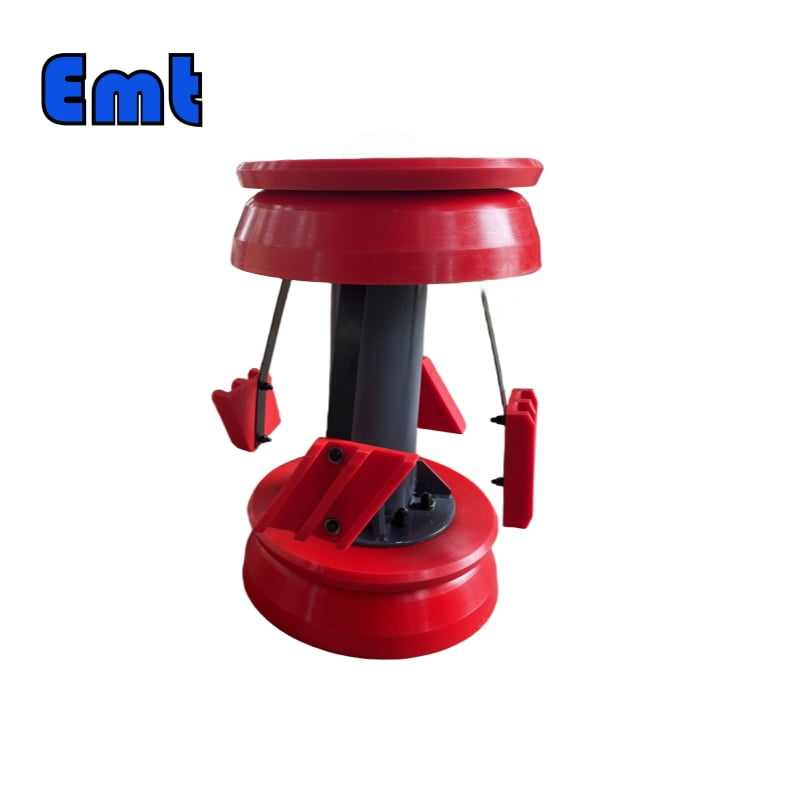
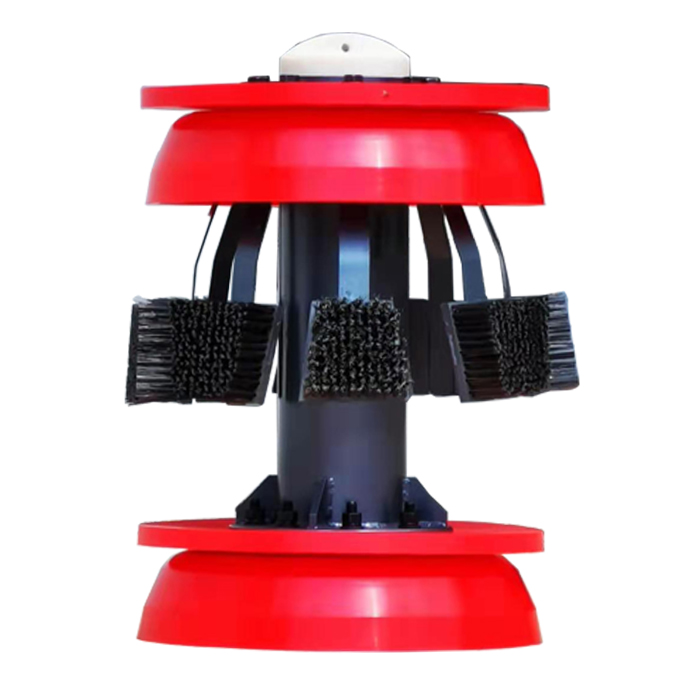
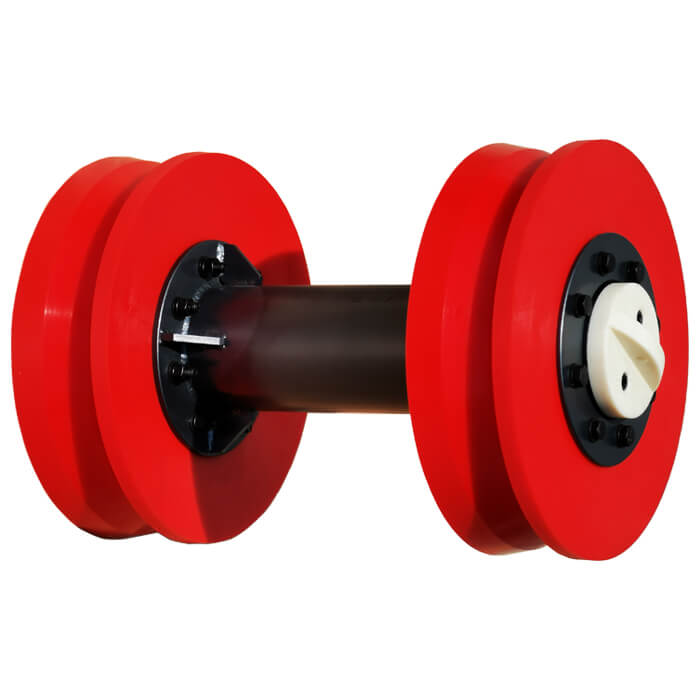
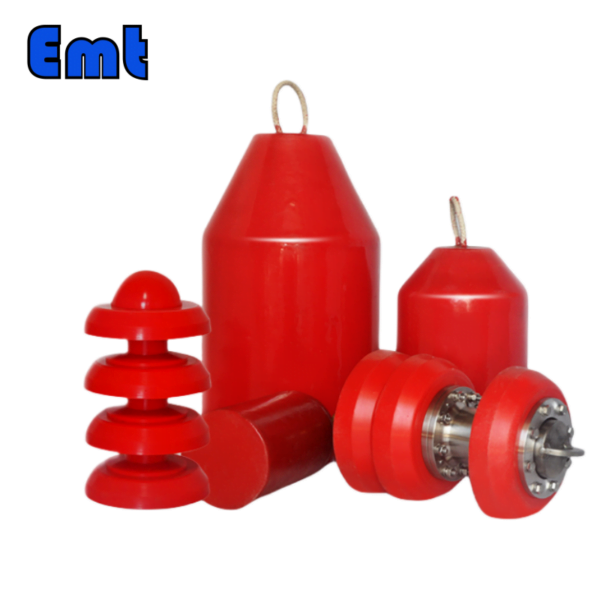
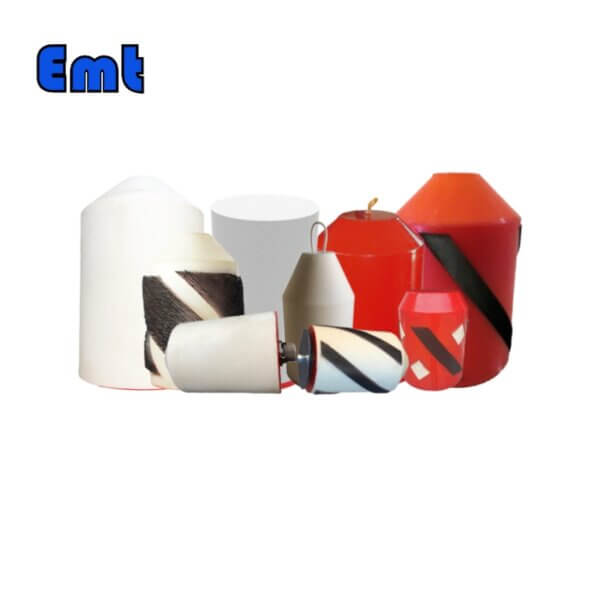
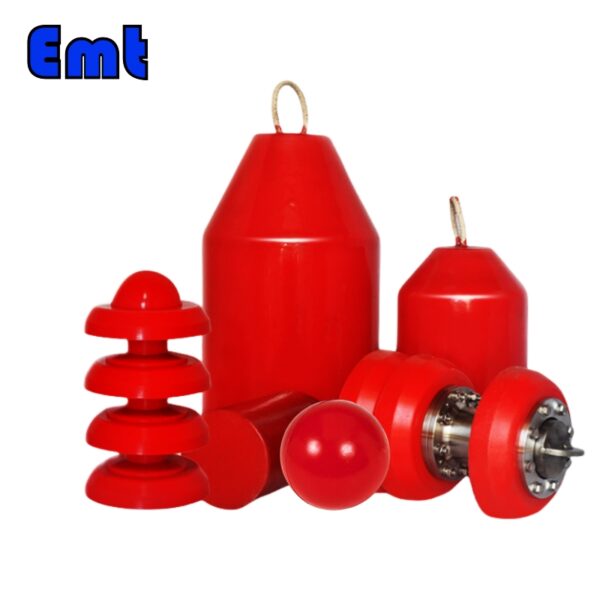
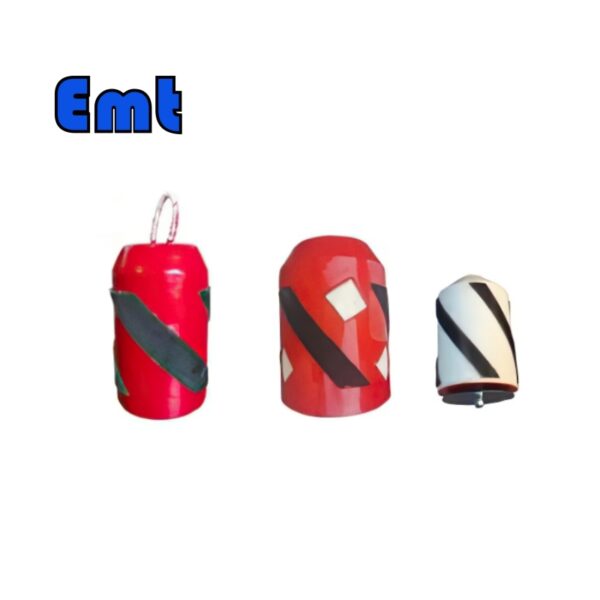
Rezensionen
Es gibt noch keine Bewertungen.